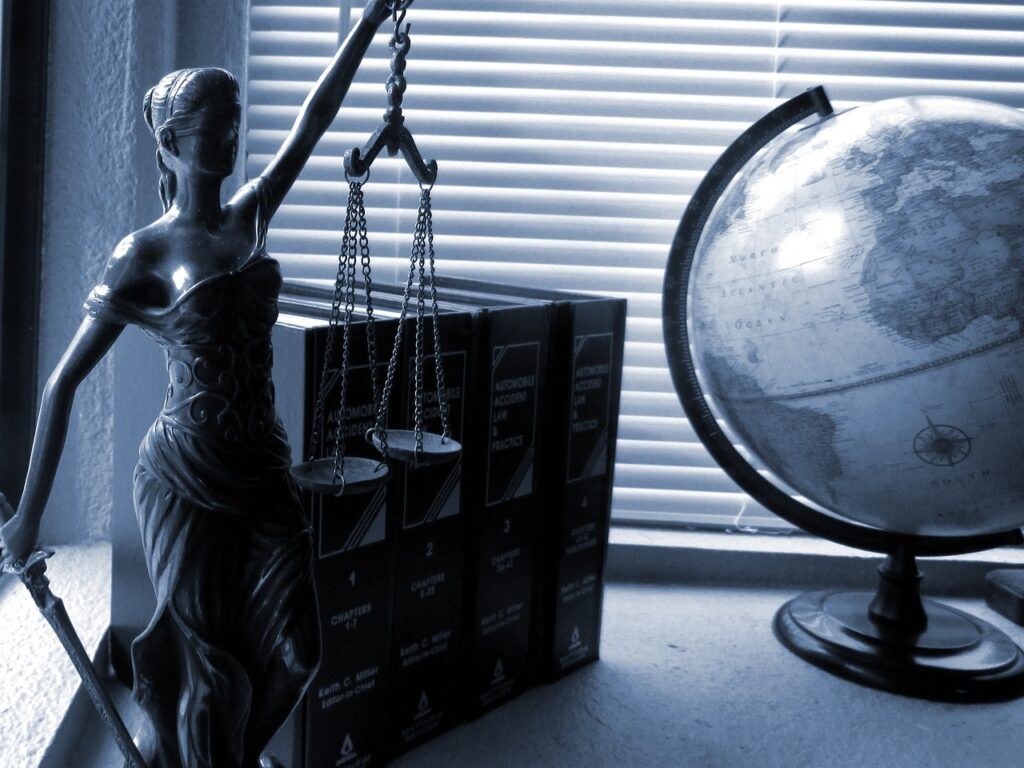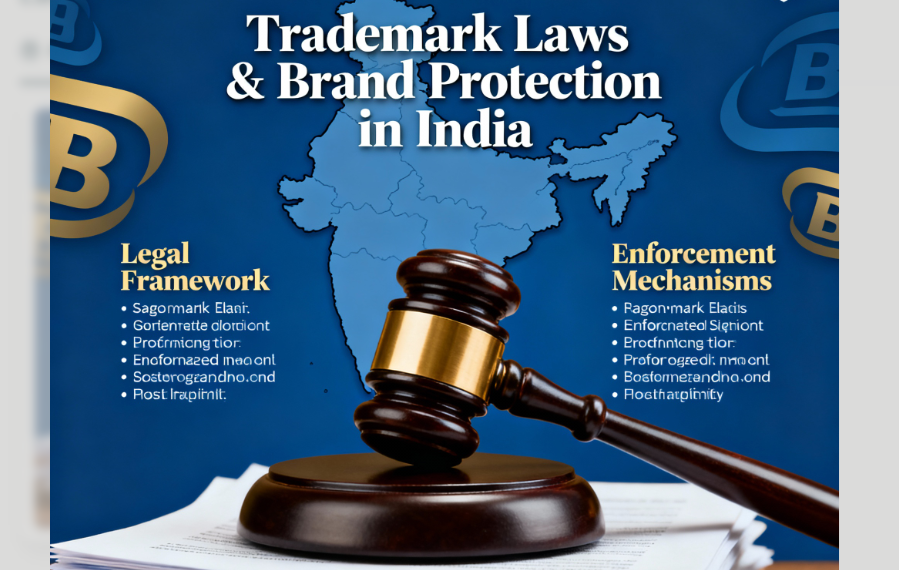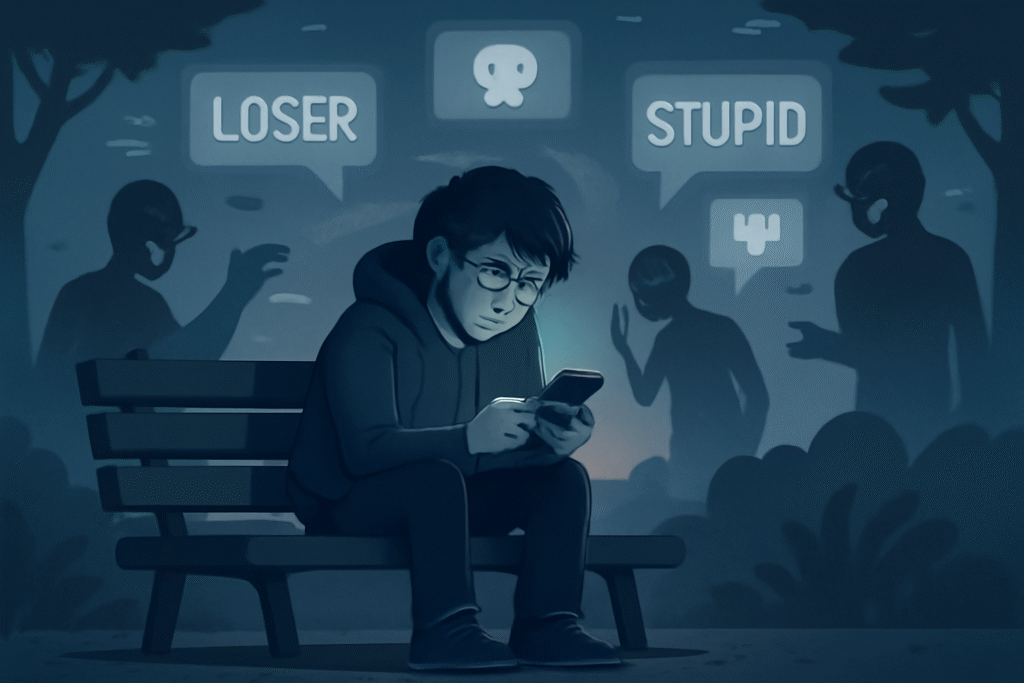Published On: September 30th 2025
Authored By: Manasi Pangaonkar
DES Shri Navalmal Firodia Law College
Abstract
Free speech and hate speech are two concepts that seem similar but have very different meanings. Free speech is about expressing thoughts without fear, whereas hate speech incites enmity and targets individuals or communities. Both of them influence the behaviour of people in society and have differentiating consequences. The difference is whether the speech or idea is promoting constructive conversation or hatred and enmity. While free speech protects human expression, hate speech undermines societal peace. This article explains the concepts of free and hate speech and their relation, and it examines how the Indian Constitution and other statutes balance both of these facets.
Introduction
In this age of digitalized communication and social media, people can share their thoughts and ideas instantly with the world. It can be a free expression of speech, but if exploited, it can be viewed as hate speech. This right of free speech plays an important role in a democracy. It gives people the power and voice to speak up about their concerns and question authority when an issue is in sight. This right of free speech is often misused by some individuals to spread hatred among various groups, which threatens the unity of the country. The difference between free speech and hate speech can mainly be understood by the intention behind it and the effect of expressing it. Free speech enables people to exchange their thoughts, opinions, and ideas, conduct political discussions, and raise their issues, but hate speech only criticizes a particular thing or a community and encourages division among groups.
Since the growth of social media and internet usage, the thin line between them is getting hard to maintain. The citizens enjoy the right to speak freely, and this free speech has some reasonable restrictions on it. These prevent the misuse of the right and face the challenge of maintaining the difference between them. This article discusses what free speech and hate speech are, and how the legal system protects the right while simultaneously curbing the issue of hate speech.
Concept of Free Speech
Free speech refers to the right of an individual to express their concerns, thoughts, and opinions as long as it does not harm other individuals and maintains social order. It plays a crucial role in a democracy, and it cannot function effectively if people’s opinions are suppressed.
In India, freedom of speech and expression is a fundamental right under Article 19(1)(a) of the Constitution. It guarantees every citizen the right to express their opinions, thoughts, and ideas openly. This right encourages the free flow of information and ideas, helping society grow through discussion and constructive criticism. However, the right is not unlimited. Article 19(2) places “reasonable restrictions” to prevent its misuse and to balance personal freedom with the need to protect society from harm, ensuring that speech does not become a tool for spreading hatred or causing unrest.
This case of S. Rangarajan v. P. Jagjivan Ram (1989) involved the censorship of a film. The Supreme Court observed that freedom of expression, especially artistic expression, should be given wide protection even if it contains controversial views.
Concept of Hate Speech
Hate speech refers to any kind of communication that attacks, threatens, or expresses hatred against a person or group based on social factors such as religion, race, ethnicity, gender, sexual orientation, or other identity factors. The 267th Report of the Law Commission of India defines it as an ‘incitement to hatred’ against a group of persons defined in these terms.
Unlike free speech, which aims to express ideas and encourage discussion, hate speech seeks to divide, offend, or harm. The context of the speech is crucial in determining whether it qualifies as hate speech, and what is considered acceptable in one situation may be harmful in another.
The nation as a whole, as well as individuals and communities, suffer greatly from hate speech. It encourages discrimination in social structures by promoting and instigating violence, riots, and risking social harmony. It can also affect people’s opinions, which can have serious consequences. Such a social condition leads to poor national unity and disregards the values of equality, integrity, and dignity mentioned in the preamble of the Indian Constitution.
While free speech gives citizens the power to express themselves, hate speech misuses that freedom to harm others. Recognizing this distinction is essential for maintaining a balance between protecting expression and safeguarding the rights and safety of individuals and communities.
Constitutional and legal provisions
Article 19(1)(a) and Article 19(2) are the main provisions that balance free speech and hate speech. Article 19(1)(a) protects free speech, while Article 19(2) allows the government to impose reasonable restrictions in cases where speech can harm the nation, public order, or individual dignity. These reasonable restrictions are maintained to-
a) protect India’s sovereignty and territorial integrity.
b) safeguard the nation from aliens and threats.
c) maintain positive diplomatic relationships.
d) prevent activities that disrupt public order or peace.
e) regulate speech or expression that is deemed indecent or immoral.
f) prevent actions that disrespect or undermine the authority of the judiciary.
g) avoid harm to an individual’s reputation.
h) to avoid the commission of a crime.
The restrictions placed on the fundamental right of speech and expression are subject to judicial review. It is up to the court’s discretion to decide whether the restrictions are reasonable and justified or not.
Similarly, there are provisions in the criminal law to curb hate speech by providing penalties for the same. The Bharatiya Nyaya Sanhita discusses the instances in which speech is regarded as hate speech. Some of them are mentioned below-
a)Section 196 of BNS-
This section criminalises any act, whether spoken, written, symbolic, or through electronic communication, that promotes or attempts to promote disharmony, hatred, or ill will between different groups based on religion, race, language, caste, community, place of birth, or any other similar grounds. It also applies to actions that disturb public tranquillity or threaten the maintenance of harmony between communities by making statements that target a particular community, circulating offensive materials online, or encouraging people to conduct violence against a group or community. The law has even stricter rules about committing such offences in sensitive places like places of worship or during religious ceremonies, where tensions can escalate quickly. In the above-mentioned cases, the punishment can be up to five years of imprisonment and a fine.
b) Section 299 of the BNS-
This section addresses the hate speech that targets the religious beliefs of individuals. If a person purposely and maliciously insults the religious beliefs of another person who belongs to any class of citizens in India is said to be committing a criminal offence. The punishment for this offence is up to three years of imprisonment and a fine. This provision aims at maintaining religious harmony and secularism in the nation.
c) Section 353 of the BNS-
This provision discusses the spread of false data that disrupts peace and harmony among the general public. Such an act may be spoken, written, or visually represented or circulated through electronic means using the internet. It is also considered a crime if a citizen tries to ask the armed forces to neglect their duties or causes fear among the general public, which leads to offences against the State. However, one exception to this provision is that if the person circulating the data believes that the said information is true and circulates it in good faith, then it is not considered an offence.
Application of Laws by the Legal System and Judiciary
The Indian judicial system plays a crucial role in interpreting and applying constitutional and legal provisions on free speech and hate speech. It ensures that these laws are consistent with the Constitution and are applied in a way that protects an individual’s rights and interests while also considering society’s interests at large.
The legal system aims to maintain a balance between protecting the freedom of expression under Article 19(1)(a) while upholding the “reasonable restrictions” allowed under Article 19(2). For the same, they have also clarified the definition of hate speech, made attempts to take serious measures for the issue, and repealed any existing laws that were inconsistent with the Constitution.
This was done in the landmark case of Shreya Singhal vs UOI (2015). In this case, the Supreme Court held that Section 66A of the Information Technology Act, 2000, was vague and it could be misused to silence lawful and constructive opinions. This section of the act criminalised sending text messages using electronic devices that were “offensive” or “annoying”. Certain terms were undefined, which created fear among citizens and hindered their right to free speech. By striking down this section, the court emphasized that laws restricting free speech should be clear, reasonable, and precise.
In another case of Pravasi Bhalai Sangathan v. UOI (2014), the facts highlighted the concerns about hate speech in politics, and it was considered that hate speech hinders the unity of the country while harming the equality and dignity of people in the nation. The court also recognized that the provisions in the Indian Penal Code and the Representation of the People Act were not adequate reforms to address the concerns related to hate speech. But it was clarified by the court that it could not create new laws, as the responsibility to do so lies with the Legislature. Instead, the Law Commission of India was directed to look into the same and suggest proper guidelines. This case highlighted that the judiciary can interpret existing laws, but proper solutions are still required to curb hate speech.
Challenges and Criticism
Balancing free speech and hate speech in India is not simple. The legal, social, and technological environment presents several obstacles. There is ambiguity in the definition of ‘hate speech.’ While reports like the 267th Law Commission provide working definitions, they are not legally binding. As a result, what counts as hate speech often depends on individual interpretation. Social media platforms make content viral within minutes without understanding the nature and consequences of such content on the internet. Since there is no specific law or regulation for controlling hate speech, many of the offenders fall into the grey area and escape legal action.
Conclusion
Looking for a way to differentiate between free speech and hate speech is a complex task. It is not about choosing one over the other, but about understanding the correlation between both and then navigating through the differences. Free speech ensures transparency, while preventing hate speech promotes peace and dignity in the nation. The safeguard and solution does not just lie in laws, statutes, and court decisions, but also in understanding that constructive criticism is what drives society, and not hate comments.
References
Statutes and Legal Provisions-
The Constitution of India 1950, art 19(1)(a) and art 19(2)
Bharatiya Nyaya Sanhita, 2023, s 196
Bharatiya Nyaya Sanhita, 2023, s 299
Bharatiya Nyaya Sanhita, 2023, s 353
Cases-
Shreya Singhal v Union of India (2015) AIR 2015 SC 1523
Pravasi Bhalai Sangathan v Union of India (2014) AIR (2014) SC 1591
S. Rangarajan v. P. Jagjivan Ram (1989) 1989 SCR (2) 204
Websites and Blogs-
‘Vajiram & Ravi, ‘Hate speech in India’, ‘Vajiram & Ravi’ (4 August 2023)
https://vajiramandravi.com/current-affairs/hate-speech-in-india/ accessed 10 August 2025
Hate Speech, Drishti IAS- Daily News Analysis (7 October 2023)
https://www.drishtiias.com/daily-updates/daily-news-analysis/hate-speech-5 accessed 10 August 2025
Freedom of Speech and Expression, Drishti Judiciary (20 November 2023)
https://www.drishtijudiciary.com/to-the-point/ttp-constitution-of-india/freedom-of-speech-&-expression accessed 10 August 2025




